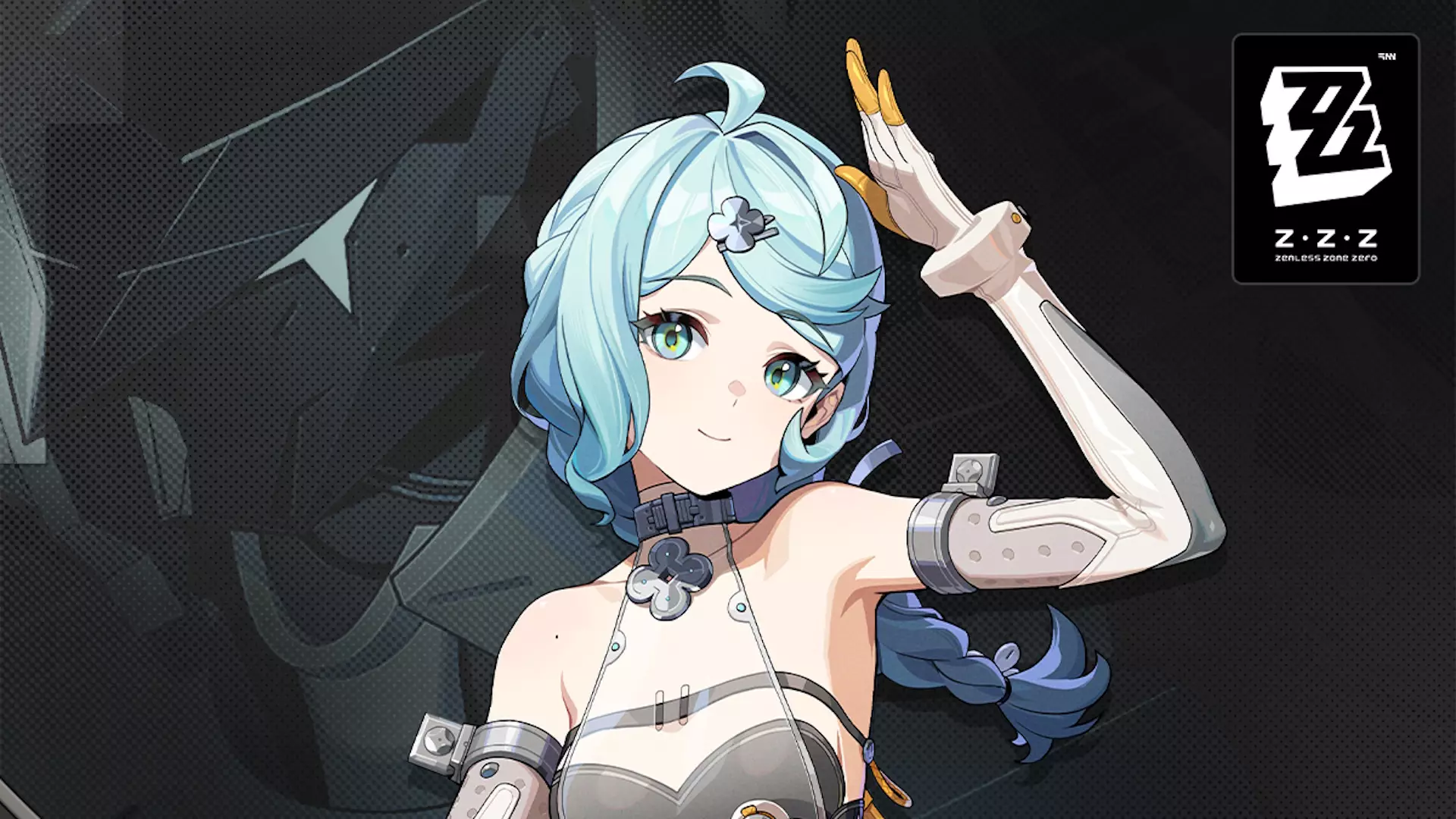Zenless Zone Zero (ZAZ), the latest urban action RPG from HoYoverse, pushes boundaries not just through its gameplay but through its aesthetic choices and thematic boldness. Unlike many of its contemporaries, this game doesn’t shy away from open displays of sexuality and provocative character design. While some might criticize this as gratuitous or superficial, it also represents a deliberate challenge to the sanitized norms prevalent in the gaming industry. ZAZ invites players into a universe where sexual expression is not just an afterthought but a core part of its identity, sparking reactions—both positive and negative—that heighten its cultural relevance. This unfiltered approach forces us to reexamine our comfort zones and confront the idea that video games can be both escapist and candidly provocative simultaneously.
Sexualization as a Design Philosophy or Cultural Statement?
The game’s emphasis on revealing character shots—such as the frequent focus on Seed’s feet in her teaser—might seem at first glance to be just fanservice. However, this continuous exaggeration of sexuality could be seen as an artful commentary on the hyper-sexualized landscape of modern media. By intentionally highlighting what many would consider over-the-top features, ZAZ not only embraces its audacity but also questions the industry’s longstanding tendency to objectify characters for commercial gain. The fact that players are discussing such details with a mix of amusement and critique reflects a shifting cultural conversation: one that increasingly refuses to accept sexualization as a mere marketing tactic but pushes for a more nuanced understanding of visual storytelling. HoYoverse, knowingly or not, could be positioning itself as a mirror to this cultural debate.
Characters as Symbols of Identity and Subversion
Beyond their visual design, characters like Seed and Grace serve as more than just aesthetic ornaments—they embody the game’s effort to explore diverse body types, archetypes, and expressions within a genre often criticized for lack of representation. Seed, a small woman piloting a huge mech, is a visual contradiction that underscores themes of strength and agility coexisting regardless of traditional body standards. Meanwhile, Grace, defined by her feet and her “foot meta,” becomes a symbol of unconventional character traits gaining prominence. These details signify a broader movement within gaming to celebrate body diversity, even if it sometimes manifests through exaggerated or fetishized depictions. For many players, this approach is both provocative and affirming, challenging the idea that only mainstream, “safe” designs can be successful or meaningful.
The Power of Unabashed Artistic Freedom
HoYoverse’s willingness to display such unabashed sexuality could be interpreted as a celebration of artistic freedom. While critics might see it as pandering or provocative for its own sake, proponents argue that gaming as an art form must evolve beyond prudish constraints. The game’s design choices, from the large trigger on Trigger’s chest to the close-up shots of Seed’s feet, reflect a confidence that breaking taboos can generate meaningful discussions rather than just controversy. This courage to push boundaries may inspire other developers to take risks and explore themes that traditional games often shy away from, ultimately enriching the medium’s cultural tapestry.
A Cultural Reflection or a Market Strategy?
It’s undeniable that the game’s provocative style also functions within a commercial context. The gacha model thrives on collecting rare characters, and eye-catching design details—whether they are over-the-top or subtly suggestive—serve to hook players and stimulate engagement. However, dismissing ZAZ solely as a marketing ploy would be shortsighted. Its unapologetic approach reveals a desire to carve out a niche that celebrates uniqueness and challenges societal norms. The game’s popularity and sustained discourse demonstrate that there’s an audience hungry for content that does not conform to sanitized, bland standards but instead embraces boldness and individuality.
In embracing its provocative aesthetic, Zenless Zone Zero exemplifies a growing trend in gaming: the refusal to suppress the complexity of human sexuality and diversity. It’s a testament to a medium that is increasingly willing to confront and celebrate raw, unfiltered expressions—whether through character design, storytelling, or thematic content. Far from being mere shock value, these choices underscore a deeper cultural shift towards authenticity and artistic freedom within interactive entertainment.

